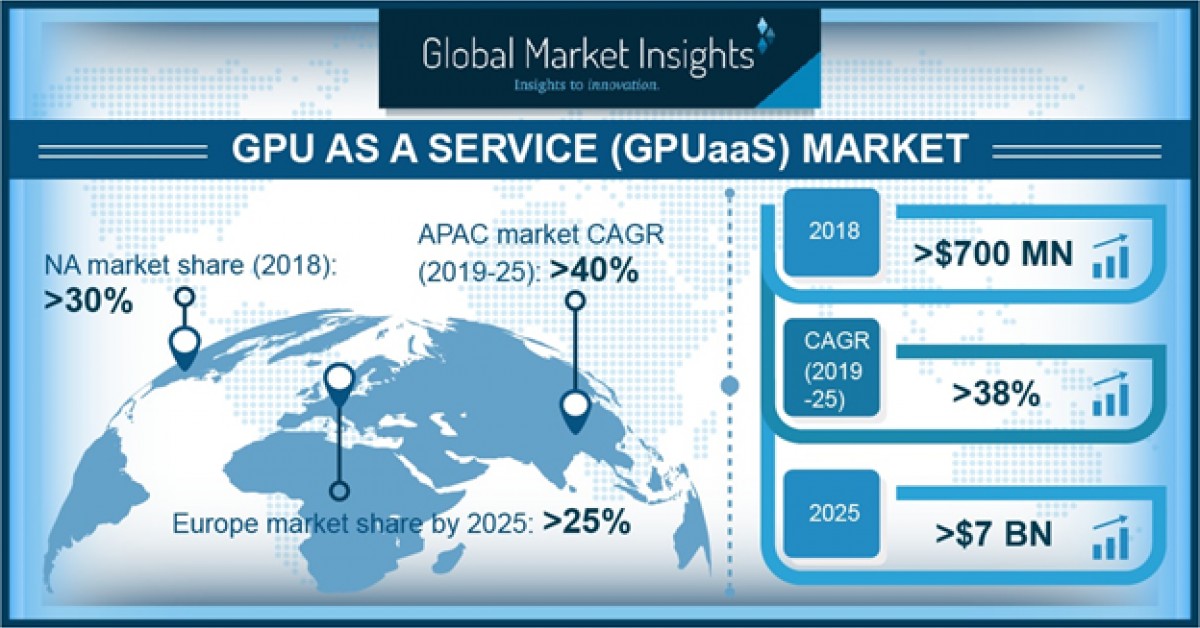Within the fast-paced world of technology, the graphics processing unit, more commonly known as the GPU, is recognized as a key player in producing stunning visuals and improving computing performance. At first designed to control and accelerate graphics rendering, GPUs have now broadened their role far beyond basic image generation. From gaming and virtual reality to artificial intelligence and machine learning, these potent processors are transforming the way we experience digital content and connect to the world around us.
As the demand for superior graphics and advanced computations continues to increase, the GPU market has become a dynamic and competitive landscape. Various companies are striving for dominance, bringing groundbreaking designs and features to meet the needs of a diverse range of users, from occasional gamers to professional content creators. Understanding what a GPU is and its significance within the current technological framework can provide important insights for those looking to delve into the world of graphics and computing.
Understanding GPUs
A Graphics Processing Unit, commonly referred to as a GPU, is a specialized electronic circuit designed to accelerate the task of producing visuals and visual data. Unlike a Central Processing Unit, that manages routine processing tasks, a GPU is fine-tuned for concurrent execution, permitting it to handle thousands threads simultaneously. This makes it highly suitable for tasks that require high levels of mathematical computation, for example producing 3D graphics and executing visual effects in real time.
GPUs have grown to be crucial to modern computing, expanding beyond just graphics rendering. They are now broadly utilized in various applications, such as artificial intelligence, machine learning, and scientific simulations. The ability of a GPU to perform various calculations at once makes it invaluable in domains that demand rapid data processing. This adaptability has greatly enhanced their requirement, making them a vital component in personal computers, gaming systems, and data centers.
The GPU market has seen tremendous growth in recent years, fuelled by the rising popularity of video games, augmented reality, and artificial intelligence-based applications. Leading companies like Nvidia and AMD have taken the lead, releasing high-performance GPU models that serve both user and enterprise needs. As technology carries on evolving, the contestation within the GPU market drives innovation, resulting in more efficient and powerful graphics processors that push the boundaries of what is possible in technology and visual production.
Current GPU Market Trends
The GPU market is undergoing rapid evolution, propelled by advancements in technology and an increasing demand for high-performance graphics processing. The boom of gaming, virtual reality, and professional applications has led to a surge in the need for powerful graphics cards. As gamers and content creators seek enhanced experiences, manufacturers are continuously innovating to deliver GPUs that can handle complex rendering tasks effectively.
An additional significant trend is the increasing emphasis on energy efficiency and sustainability in GPU design. As environmental concerns becoming more prominent, manufacturers are developing chips that optimize performance while reducing power consumption. This shift not only helps in lowering operational costs but also addresses the carbon footprint associated with high-performance computing. Consumers are progressively favoring brands that prioritize eco-friendly practices, impacting the direction of the GPU market.
Lastly, the demand for GPUs extends beyond traditional gaming and graphic design. Sector such as artificial intelligence, machine learning, and cryptocurrency mining have further fueled the growth of the market. Companies are investing heavily in GPUs for multitasking capabilities, making them essential tools in fields requiring large-scale data analysis. This diversification indicates a robust future for the GPU market as it adapts to meet the needs of diverse sectors.
Selecting the Best GPU for Newcomers
When embarking on your venture into the realm of graphic processing units, it is essential to know your individual needs. Newcomers should first consider the primary application for the GPU. Are you want in gaming, graphic design, or perhaps beginner machine learning? Each use case has different requirements, so determining your primary purpose will aid refine your choices. For occasional gaming, a mid-range GPU can provide a good balance of cost and performance, while designers may require a more powerful model to manage intensive visual tasks.
Financial considerations also plays crucial role in choosing the appropriate GPU. gpuprices.ai is diverse, with options ranging from affordable entry-level models to high-end performance units. It's wise to set a budget and stick to it, as going over beyond your budget can lead to unwanted financial stress. Evaluating features, performance benchmarks, and prices can assist you discover the best value for your investment. Watch for sales and secondhand options, as these can offer significant discounts for beginners.
Lastly, it’s important to make sure that your remaining components, like the CPU and power supply, can accommodate the GPU you select. Compatibility is key, as a powerful GPU will be limited if the rest of your system are unable to keep up. Researching your current setup and ensuring that the chosen GPU is compatible within your system’s specifications will spare you time and frustration. By taking these considerations into consideration, you can assuredly choose a GPU that suits your needs and improves your engagement, whether gaming or creating.

